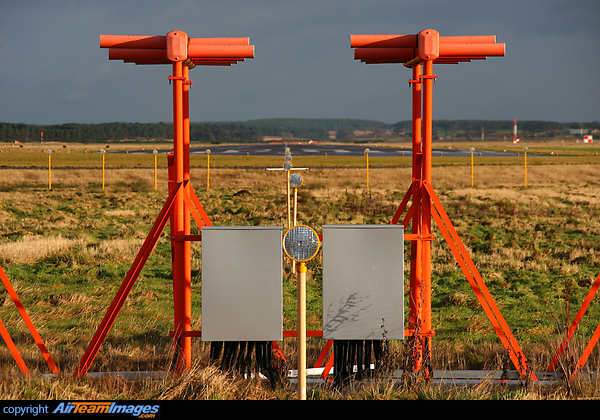
#AIRPLANE LOCALIZER FULL#
Using IAH 26L/R & 27.26L and R are 5,000' apart based on centerlines, 26L and 27 are 5,760' apart.you turn a guy in to 26L from north downwind, 20 degree intercept (that is track of intercept not simply the angle to final) maintain 3,000' till established and they will join around 12 NM out.guys descent while they are almost dead centerline on 26R, they haven't even reached the NTZ for 26R yet and they're going to fly the approach to the other runway, good thing no airplane there at 2,000' doing the centerline dance as they'd have a windscreen full of some other arrival dropin in for a visit.so u tell them that was 3,000' till established, they say, "we're established"! MMMMMMM interesting? Hey 1-2-go dont' bring me into this! hahaha Well with 3 runways we can't use 30 at all, we are 20 degree intercept max, heck I've use 15 or 10 degree so no slop overs.but, have seen this happen this my question in the title! This reduces to 20 degrees maximum intercept angle within a certain distance of the FAF as well as when the ceiling is below a certain height above the MVA. My parter is waiting for you to get down so they are able to turn the downwind to base and final, if not, the slot goes by, the finals fill up, the feeder controllers is scrambling and the pilot hears on first call to approach, turn this way and slow now then do this.all cuzz these separations standards were no able to be met as someone hung at xxxx altitude rather than descended to what was issued. I know, well I think, I know what you mean.the reason for driving guys down below the glideslope is due to the need to have them low so the other runway can turn in with that 1,000' vertical turing intercept for parallel runways. This is probably the most confusing post I've written, but hopefully someone will see what I'm getting at. Of course once they get to they cross the FAF (technically glideslope intercept) they go down on it. IAH, and I appreciate the help you folks sitting in the TRACON room give usĪt BOS I've heard approach controllers explicitely say to aircraft that are already established on the LOC inbound to 'descend and maintain xxx, DO NOT follow the glideslope'. At BOS I've heard approach controllers explicitely say to aircraft that are already established on the LOC inbound to 'descend and maintain xxx, DO NOT follow the glideslope'. If an aircraft is vectored onto the localizer (and is therefore established on a published segment of the approach) then they should be able to descend immediately to the crossing altitude at the FAF (or if there are any crossing restrictions between them and the FAF) however it seems that aircraft are content to just cruise down the glideslope (approach clearance has been given).

This is something that has always interested me. However, procedurally, you'd be correct in descending from 3000' to 1900' when you had intercepted the Localizer. 2) As a technique, I would intercept the G/S and just fly it down as a normal approach.


 0 kommentar(er)
0 kommentar(er)
